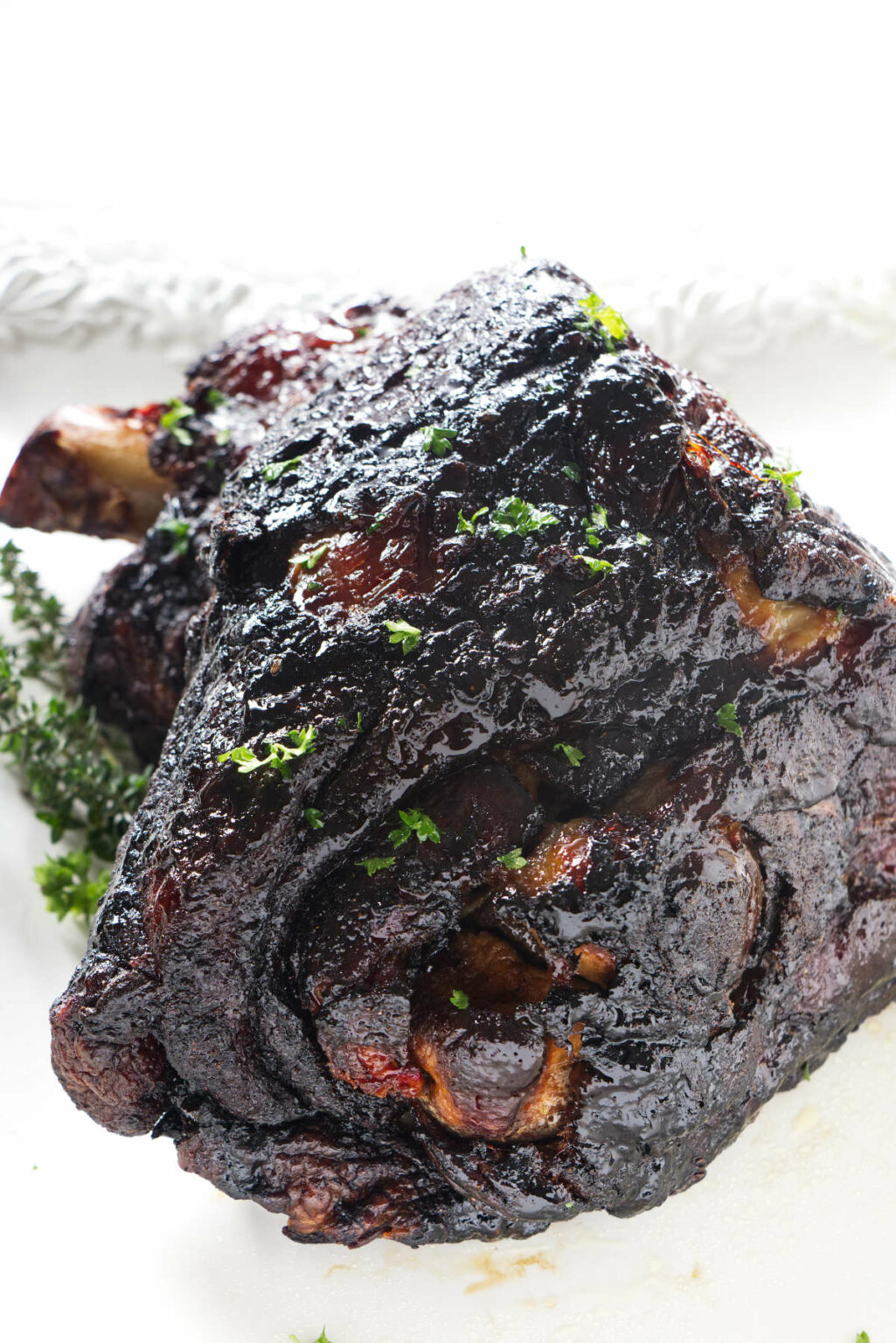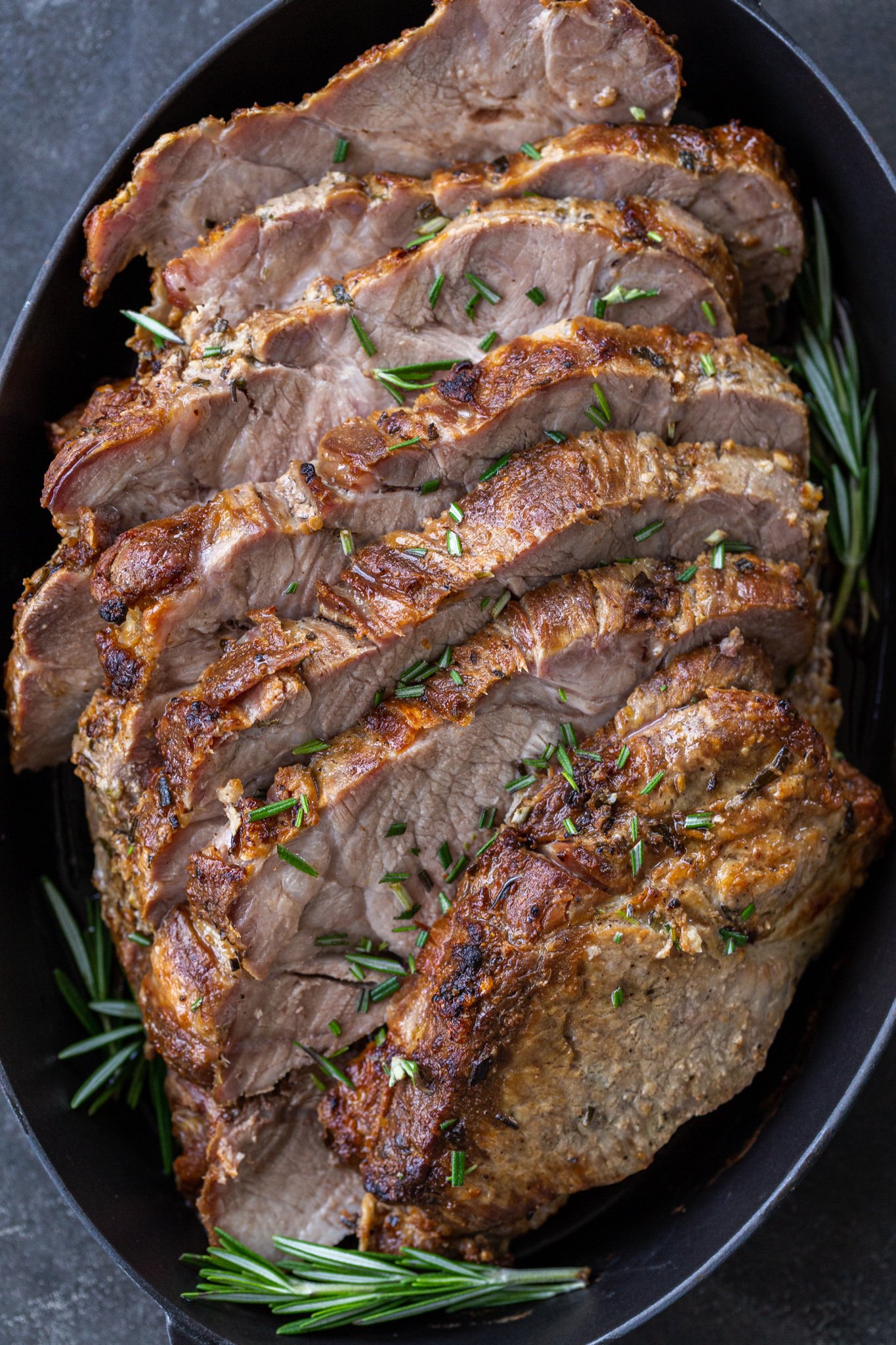A Deep Dive Into The World Of Pork Shoulder: A Review
A Deep Dive into the World of Pork Shoulder: A Review
A Deep Dive into the World of Pork Shoulder: A Review

Pork shoulder, a cut of meat often overlooked, deserves a spotlight. This versatile and flavorful piece of the pig boasts a rich history, diverse applications, and a unique character that makes it a culinary gem. From the humble roast to the decadent pulled pork, the possibilities are endless.
This article delves into the world of pork shoulder, exploring its anatomy, cooking methods, flavor profiles, and the cultural significance it holds.
Understanding the Anatomy of Pork Shoulder
The shoulder, also known as the Boston butt, is a large and muscular cut of meat found on the front leg of the pig. It’s composed of several muscles, including the blade, the picnic shoulder, and the arm. This complex structure contributes to its rich flavor and the potential for different textures.
The Blade
Table of Content
The blade is the most tender and flavorful part of the shoulder, located at the top. It’s characterized by its marbling and its ability to achieve a melt-in-your-mouth texture when cooked properly.
The Picnic Shoulder
The picnic shoulder, situated below the blade, is a tougher cut with a more pronounced flavor. It’s often used for pulled pork, where the long cooking time breaks down the connective tissue and renders the meat incredibly tender.
The Arm
The arm is the lower portion of the shoulder, known for its leaner profile and slightly tougher texture. It’s often used for stews and braises, where the longer cooking time allows the flavors to meld and the meat to become tender.

The Intricacies of Flavor
Pork shoulder is known for its rich, savory flavor that develops during cooking. The marbling, consisting of intramuscular fat, contributes to its juicy texture and adds a delightful richness. The connective tissue, abundant in the shoulder, breaks down during long cooking, releasing collagen that adds depth and complexity to the flavor.
- The Great Beef-Off: A Head-to-Head Showdown Of Vehicle Reviews
- Sirloin Slice: A Journey Through The World Of Automotive Reviews
- The Ultimate Guide To Filet Mignon: A Review Of The Loin’s Most Coveted Cut
- Peternakan Tokusen: A Review Of Japan’s Unique Agricultural Vehicles
- A Journey Through Flavor: A Deep Dive Into Giniling Baboy
Choosing the Right Cut
When selecting pork shoulder, consider the intended application. For roasts and pulled pork, a larger cut with more fat marbling is ideal. For stews and braises, a leaner cut like the arm might be a better choice.
Cooking Techniques for Pork Shoulder

The versatility of pork shoulder shines through in its diverse cooking methods:
Roasting
Roasting is a classic method for cooking pork shoulder. The high heat and long cooking time allow the fat to render and the meat to become incredibly tender. Seasoning options range from simple salt and pepper to more complex rubs and marinades.
Slow Cooking
Slow cooking is a popular choice for pork shoulder, as it allows for the connective tissue to break down and the flavors to meld. This method is perfect for achieving a melt-in-your-mouth texture and a rich, savory flavor.
Braising
Braising is a technique that combines dry heat with moist heat, resulting in a tender and flavorful dish. The meat is seared first to develop a crust, then simmered in a flavorful liquid, often wine or broth.
Smoking
Smoking is a traditional method for cooking pork shoulder, imparting a smoky flavor and a tender texture. This technique requires a smoker and a long cooking time, but the results are well worth the effort.
Pull-Apart Pork
This method is a favorite for its ease and deliciousness. The pork shoulder is cooked slowly until it falls apart, then shredded and tossed with a sauce of your choice.
Cultural Significance of Pork Shoulder
Pork shoulder holds a significant place in many cuisines around the world. In the Caribbean, it’s a staple ingredient in jerk chicken and pulled pork sandwiches. In the American South, it’s the star of barbecue and pulled pork dishes. In Mexico, it’s used in stews and tacos.
- The Great Beef-Off: A Head-to-Head Showdown Of Vehicle Reviews
- Sirloin Slice: A Journey Through The World Of Automotive Reviews
- The Ultimate Guide To Filet Mignon: A Review Of The Loin’s Most Coveted Cut
- Peternakan Tokusen: A Review Of Japan’s Unique Agricultural Vehicles
- A Journey Through Flavor: A Deep Dive Into Giniling Baboy
Beyond the Plate: Pork Shoulder in Other Applications
The versatility of pork shoulder extends beyond culinary use. It’s also a key ingredient in many sausages, hams, and other processed meats.
Conclusion
Pork shoulder, often overlooked in favor of more popular cuts, deserves a place of honor in the culinary world. Its rich flavor, tender texture, and versatility make it a true culinary gem. From the humble roast to the decadent pulled pork, the possibilities are endless. So next time you’re at the butcher shop, consider adding pork shoulder to your shopping list and embark on a culinary adventure with this delicious and versatile cut of meat.
sure
Thus, we hope this article has provided valuable insights into A Deep Dive into the World of Pork Shoulder: A Review. We hope you find this article informative and beneficial. See you in our next article!
Posting Komentar untuk "A Deep Dive Into The World Of Pork Shoulder: A Review"